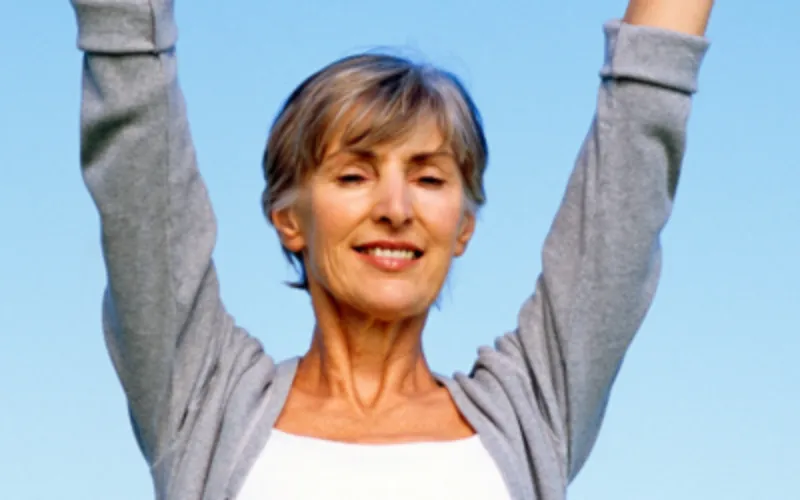We all lose muscle mass as we get older it’s a natural part of the ageing process the medical term for this is Sarcopenia. Sarcopenia is an age-related reduction in muscle mass, usually a loss of between 3-5% in each decade after the age of 30. The scientific community is still trying to establish the cause. One theory is that it’s due to a lack of muscle stimulation, through inactivity, or a reduction in the ability of our nervous system to activate and use each muscle effectively. What is clear; sarcopenia has been associated a loss of strength, which can lead to a loss of independence, increase the risk of falls and fractures of the hip and leg. This can reduce quality of life and lead to premature death.
We are living longer that’s a fact. Today life expectancy of a 65-year old person is 3–4 years more than it was 20 years ago. Whilst sarcopenia is thought to start during the 4th decade, the effects aren’t usually apparent until we are in our 70’s. Men and women who are at risk, may develop a frail appearance, and daily tasks like rising from a chair without using your arms or assistance, opening bottles and jars become difficult. Other signs include a reduction in your normal walking speed, being unstable and losing your balance easily.
So, what is the treatment for sarcopenia? There is no medical treatment, although maintaining a high level of dietary protein, has been associated with maintaining a certain amount of muscle mass. The only treatment is strength, or what is often referred to as resistance training, which has been shown to prevent and reverse sarcopenia in people up to 100 years old. There are many benefits of regular exercise including managing stress levels, improving quality of life, and a reduced risk of cardiovascular disease, depression and several cancers. However, strength training alone does not give you all the health benefits you require. And some aerobic activity such as, swimming, walking, running, cycling, dancing and sports, are a great way to have fun, be social and stay healthy.
There have been many studies conducted on improving people’s lives with sarcopenia, and several of these used an 8-12 week strength training program, the participants ranging from 80-100 years of age, following the program they saw an increase of between 10-40% in muscle mass, not only that most had improved walking speed and a less reliance on walking sticks and frames.
Things that you can do. Follow Government and World Health Organization’s guidelines for physical activity:
- Older adults should do at least 150 minutes of moderate-intensity aerobic physical activity throughout the week or do at least 75 minutes of vigorous-intensity aerobic physical activity throughout the week or an equivalent combination of moderate- and vigorous-intensity activity.
- Aerobic activity should be performed in bouts of at least 10 minutes duration.
- For additional health benefits, older adults should increase their moderate-intensity aerobic physical activity to 300 minutes per week, or engage in 150 minutes of vigorous-intensity aerobic physical activity per week, or an equivalent combination of moderate-and vigorous-intensity activity.
- Older adults, with poor mobility, should perform physical activity to enhance balance and prevent falls on 3 or more days per week.
- Muscle-strengthening activities, involving major muscle groups, should be done on 2 or more days a week.
- When older adults cannot do the recommended amounts of physical activity due to health conditions, they should be as physically active as their abilities and conditions allow.
